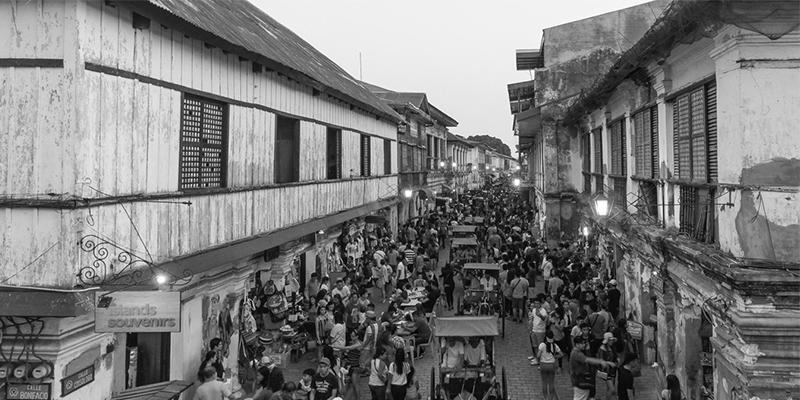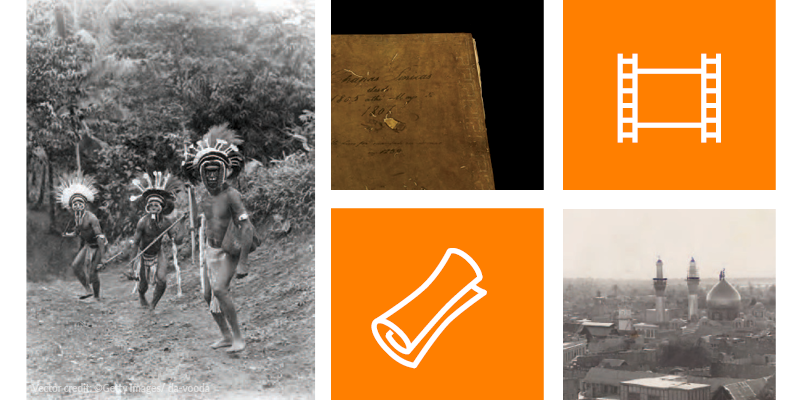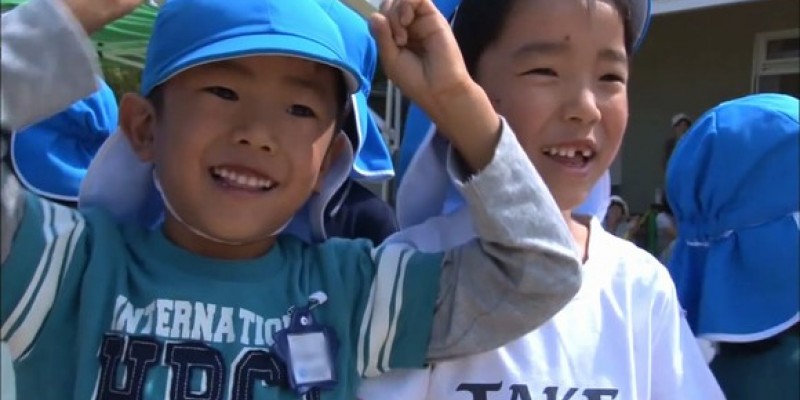Early childhood education: Creative kindergarten embraces the power of play
Videographer Mitsuru Jizodo’s interest in documenting the innovative approach to early childhood education at Kaede Kindergarten was first sparked when he spotted something that was, to him at least, unusual: how his son and classmates would unfailingly leave the school smiling and laughing.
“I went to a very strict Catholic kindergarten. My memories are all negative” he says. “Even for school plays we’d have to rehearse repeatedly while being scolded by teachers. One of them even slapped me!”
A generation later and his son was having a completely different kindergarten experience. Not only were punishments and teacher hectoring completely absent, but the kind of activity that would have had him punished as a child – boisterous, creative play – was enthusiastically encouraged at the kindergarten in Hiroshima, Japan.
“I was curious to learn more about these children and the stories of their lives at Kaede as well as how the kindergarten’s motto, ‘play makes us human’, was being realized through their approach,” he says.
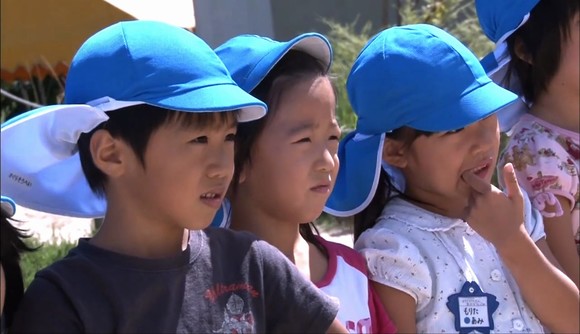
Mr Jizodo makes his living in TV production and saw a rich story to be told at Kaede. He requested permission to shoot what would end up becoming an award-winning documentary that aired nationally in Japan. A segment of this production has been re-released by UNESCO Bangkok with English subtitles and narration as part of the ongoing “Documentation of Innovative Pedagogical Approaches and Tools in Early Childhood Care and Education (ECCE)” project. The Television Shin-Hiroshima System (TSS) granted UNESCO the rights to reproduce and distribute the English version of this video free of charge.
The video (above) chronicles one month at the kindergarten as students prepare for and participate in a box stacking competition as part of the school’s annual Sports Day. The students are divided into two classes and are gently guided by their teachers as they try out new ideas in how best to arrange the boxes, delighting in successes and quickly learning and moving on from the sting of setbacks. One important rule of the game is that teachers cannot give directions – all ideas must come from the children.

INTO THE WILD
When deciding how best to approach documenting the stories of the children and the kindergarten, Mr Jizodo drew on some unlikely inspiration: three years spent filming animals at Hiroshima’s Asa Zoo.
His time spent observing olive baboons was particularly useful, Mr Jizodo says, in learning about group dynamics. “As you observe them, you start to realize the diverse, human-like relations among them,” he says. “The boss, for example, had absolute authority and would intervene in conflicts among group members, while the second boss was strong, but too lazy to be bothered with leading a group, while the third strongest was ambitious and had an eye on usurping the top baboon, thus garnering some respect from the others.”
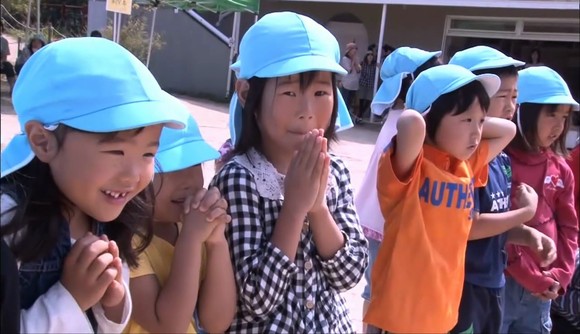
From this experience, Mr Jizodo came to better understand how relationships develop at a very natural level, before matters are complicated by language. “I learned how observation is so important and remembered that when documenting children who also are more focused on actions as their language develops,” he says. “This strategy was successful.”
The more in-depth Mr Jizodo went in his coverage of the kindergarten, the more he came to appreciate both the group dynamics as well as how the characters of the different students was both reflected in and molded by their activities. He started to see proof of the kindergarten’s tenet that “play makes us human”. “As I filmed it, I realize that these children are not just ‘cute’ kids; they experience their own concerns, dilemmas, happiness and excitement that make them very human,” he says.
INNOVATIVE ECCE: WHY ‘PLAY MAKES US HUMAN’

Although Kaede Kindergarten might seem like a playtime paradise with diverse outdoor play facilities, a small forest right on the grounds that is open to the children, and heavy emphasis on activity, Mr Jizodo also came to appreciate the carefully designed and implemented structure and approach to ECCE underpinning it all.
“In the background is the professionalism of the teachers who are not simply letting them play freely, but are providing guidance and creative solutions in a way that is both natural to help children think patiently,” he says. “They engage with the children in a way that is active and joyful. I came to realize that the children’s abilities are developed much more when they become interested and think, devise solutions and then act than when they are forced to do something.”
Research on ECCE bears out Mr Jizodo’s informal conclusions. ECCE is most effective in promoting young children’s holistic development when it is child-centred, play-based and collaborative. (See box for more)
Mr Jizodo’s video, “Play Makes us Human”, offers a case study of these principles for best practice in action. Many boxes tumble in the early going, but as the video progresses, the students’ approaches to creating the highest tower of boxes become more sophisticated. The teachers are there only to facilitate and encourage their creativity and collaboration. As they improve together and work toward a common goal, bonds strengthen among the children as well as with the teachers.
When it aired on Japanese television, Mr Jizodo’s production was popular among viewers for the fresh perspective it brought to early childhood education. “I didn’t know how amazing [Kaede Kindergarten] is. I thought they just let kids play there,” was one of the comments he received; “It was a very fun programme; I laughed and cried,” said another, and, in a response that may have echoed Mr Jizodo’s own sentiment, “I wish I could have gone to a kindergarten like that!”
|
Thanks to our partner TSS (TV Shin-Hiroshima) for making the footage available.

19.05.2016





